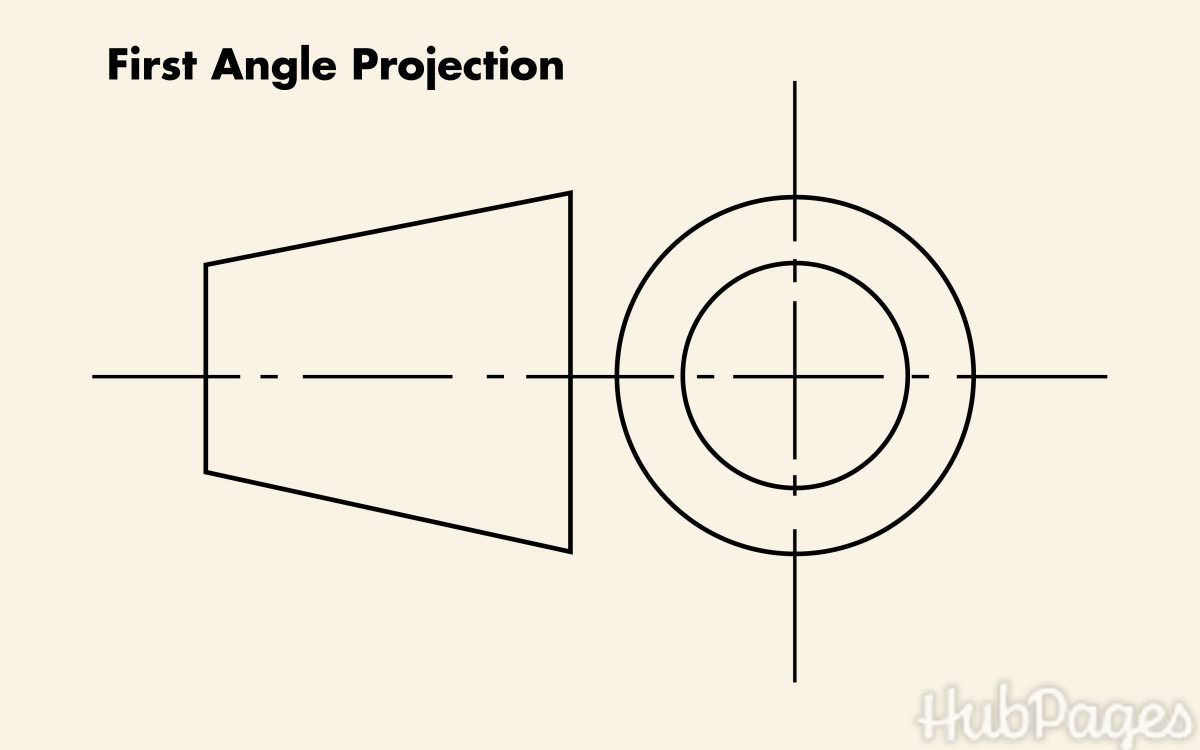project orion
Project Orion
Project Orion was the idea that space travel could be powered not be conventional fuel, but by nuclear propulsion. The idea of nuclear propulsion was first proposed in 1947, and by 1958, the project was in full swing. By dropping atomic bombs behind a flying spacecraft, the power of the explosion could be harnessed to propel a vehicle through space at very high speeds. The idea behind project Orion was quick and inexpensive travel between planets within our solar system. Despite never becoming a reality, the concept behind project Orion is still the method of propulsion that makes the most sense. Orion offers high thrust and specific impulse specific impulse, where conventional rocket engines do the opposite. Had it become reality, project Orion would offer better performance than even the most modern nuclear propulsion engines being studied. But alas, project Orion never became reality. Worries about potential nuclear fallout were the main concern, as in order to move, it required atomic explosions within our atmosphere. Despite what the Orion nuclear propulsion drive could make possible for humanity, it never came to be, and that is a great tragedy.
Nuclear Power as Propulsion
The idea for nuclear propulsion was first coined in 1947 by Stanislaw Ulam. He was well aware that there was no possible way to contain a nuclear explosion within a combustion chamber. He did however understand that you could harness the power of a specially shaped and designed nuclear explosion to propel an object at great speeds. He theorized that if you were to attach a large steel or aluminum plate to the back of the object you wanted to propel, the plate would protect the object to be moved from the blast, and would also act as a energy catcher. Simultaneously protecting the ship/object from a nuclear blast, and harnessing that nuclear energy to propel the object was relatively simple and straight forward. The problem with the plate design is that it required a much larger ship, large enough to withstand the force associated with being propelled forward by a nuclear explosion.
The downside to such a massive space craft is that you have to ask yourself: "How are we going to get this thing to lift off the ground?". Modern rocket engines provide incredible amounts of thrust, every last pound of which is needed to lift rockets off the ground. Imagine the thrust required to lift a massive (4000 ton) space craft off the ground. You would need an impossibly large rocket, and an impossibly large amount of rocket fuel. The solution to this problem was nukes. No kidding. The idea was to create a nuclear pogo stick. In order to lift such a massive vessel, you would require 0.15 Kiloton nuclear blasts. The idea was that each 0.15KT blast would add thirty miles per hour to the rockets speed. In order to reach low orbit (300 miles), 800 0.15KT nuclear blasts would be required, to "pogo stick" the ship skyward.
The benefit to nuclear propulsion in space is simple: Cover massive distances (comparable to the size of man, that is) in short periods of time. In order to reach Pluto, and return to Earth, would take less than one year. The possibilities of high speed space travel peaked everyone's interest, as this was the 1960's, when man was interested in standing on the moon. In the 1950's, tests during a nuclear test on Bikini atol proved that the Orion nuclear propulsion method would work, as two steel spheres were suspended near the located of a nuclear blast. Both were found intact a significant distance away. This proved that man made objects were capable of surviving a direct nuclear blast.
The nice thing about unmanned space flight is that you can propel an object at any speed you see fit, and you don't need to worry about gentle acceleration. An unmanned spacecraft could tolerate as much as 100g's of acceleration with no ill effects. Now if you wanted to put a group of people on Pluto, things would get much more complex. 100g's of acceleration will kill a person instantly, and since a nuclear blast is going to generate an incredible amount of force under any circumstance, it was decided that the plate at the bottom of the craft would need to be cushioned.
Top Speeds
In space, there is no wind resistance. This creates a neat situation, as the only limiting factor to how fast you can go is your propulsion power. A one megaton blast could theoretically propel an object to 10,000,000 meters per second. Because the Orion nuclear propulsion method is a high-performance design, the idea was to use nuclear fission for interplanetary space flights.
A thermonuclear Orion space craft could, in theory, travel between 8-10% of the speed of light, which works out to roughly 18,600 miles per second (the speed of light is roughly 186,000 miles per second). An atomic powered Orion space craft could achieve between 3-5% the speed of light. But that's nothing; Here's the grand daddy of them all: A nuclear pulse drive Orion space craft could achieve between 50-80% the speed of light (or between 335,308,314 and 536,493,302 miles per hour). At 0.1c (10% the speed of light, the fastest a manned space craft could travel), it would take 44 years to reach the closest star to the sun, and would take 100 years to travel 10 light years. These numbers also include 36 days required to accelerate up to speed, at a constant acceleration of 1g.
A pusher plate that can withstand thousands of nuclear explosions
Initially, it was believed that a pusher plate would be unable to withstand the abuse of constant nuclear blasts. This was proven false however, when an unprotected pusher plate in tests lost less than 1 millimeter of thickness when unprotected. It was then discovered by accident that spraying an oily substance onto the plate would allow for no damage to the plate. This was discovered when a test pusher plate with oily fingerprints was damaged everywhere but the fingerprints.
Dead of Project Orion
A main cause of death for Project Orion was the fears of nuclear fallout that hundreds of nuclear explosions would cause. Officially, loss of human life from nuclear fallout is not the reason Project Orion was cancelled. Rather, at the time, no one had any reason to launch thousands of tons worth of payloads into space. Everyone was focused on walking on the moon, which required a significantly smaller vessel with far less power. Ultimately, the nuclear test treaty which partially banned nuclear tests was signed in 1963, which meant that the project would never come to fruition. Currently, only underground nuclear blasts are permitted. 300 blasts (around one per second) to get the craft into low orbit is simply no longer legal. Possible? Absolutely. Easy? Considering our current technology, easy as pie. But so long as the partial nuclear test ban remains in place, and man remains uninterested in traveling to other plants himself, rather than sending his machines and cameras, Project Orion will never be. Just like the space elevator... But that's another article altogether!








